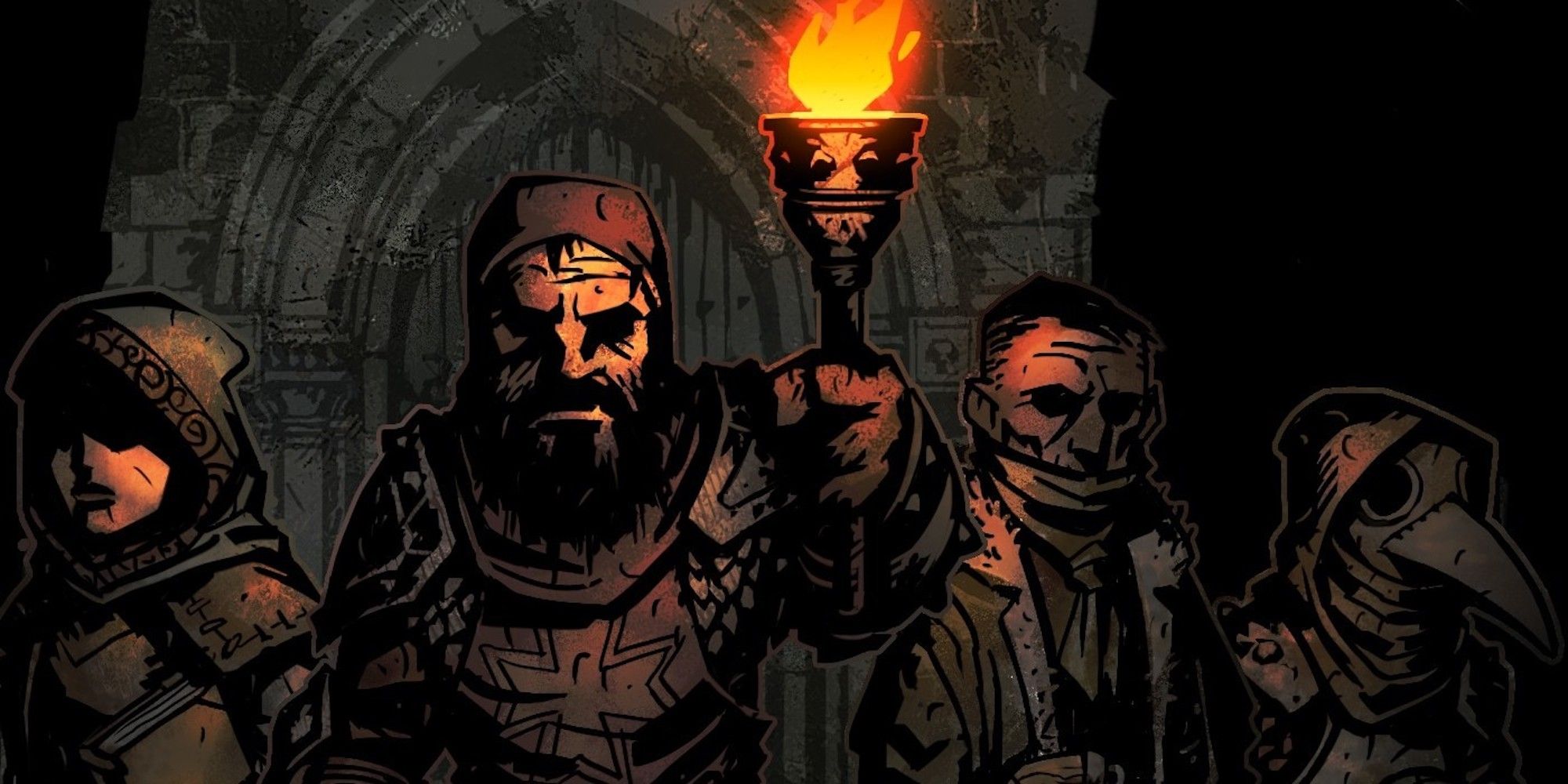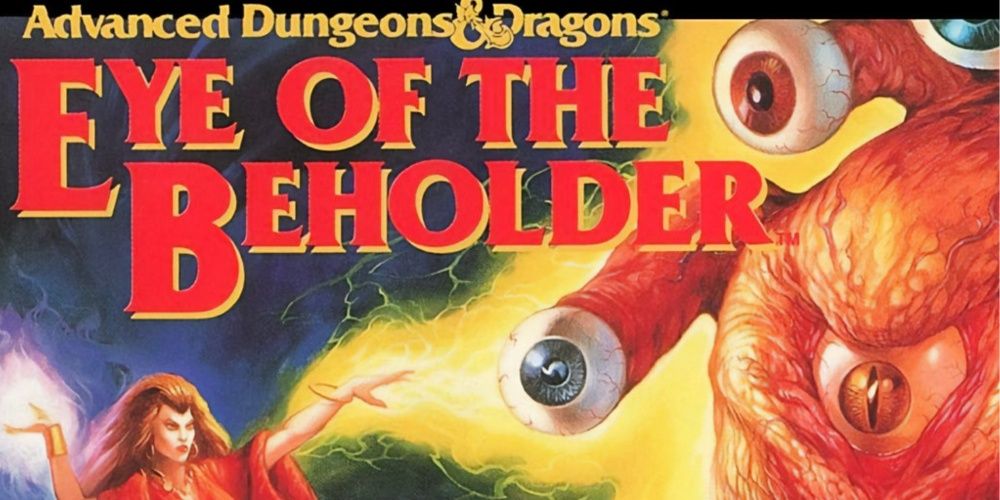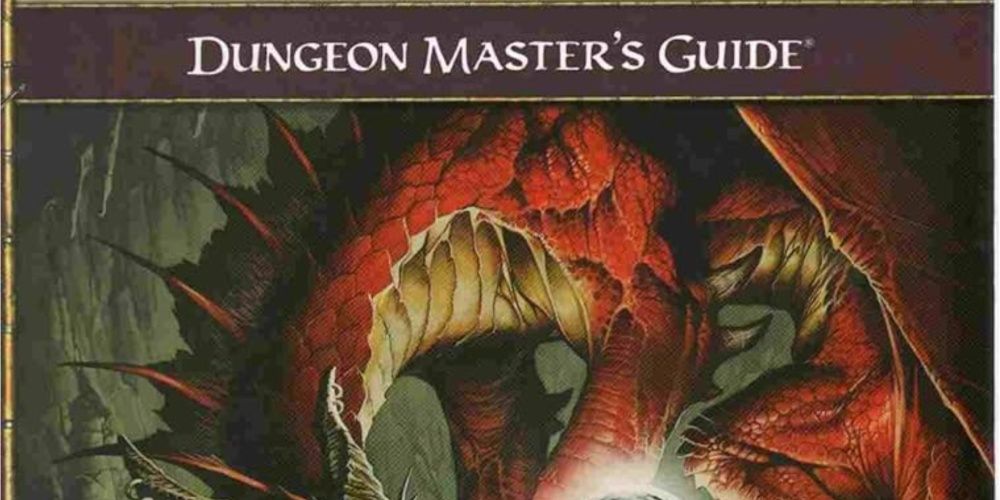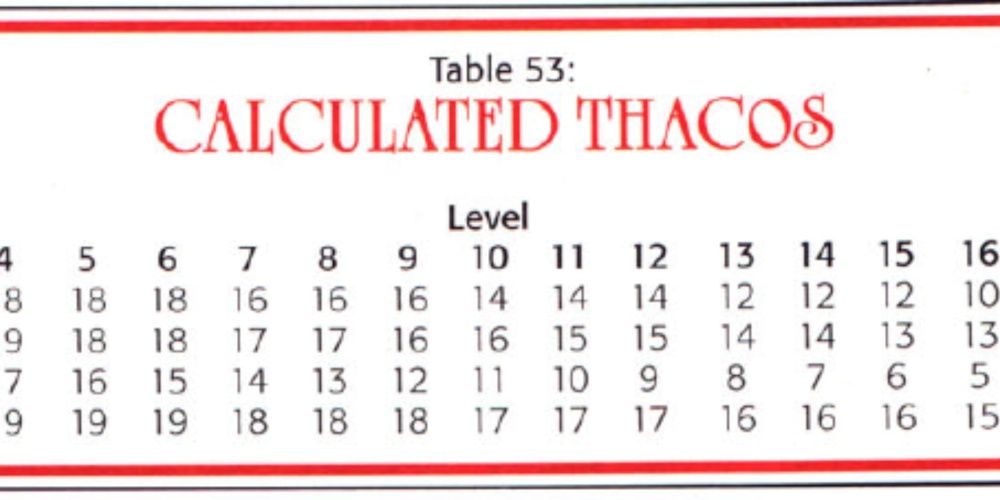
Evolution of Difficulty: How Dungeons and Dragons Became More Accessible

Dungeons and Dragons: Discover the Evolution of Difficulty in this Classic RPG From complex rules to limited character options, explore how the game has transformed, challenging both newcomers and veterans alike
Article Key Points
In earlier editions of
Dungeons and Dragons
, level balancing was inconsistent, making the game extremely challenging at low levels but too easy at higher levels.
The previous editions of the game had restrictive rules that impeded creative freedom and posed challenges for new players in understanding and enjoying the game. Additionally, the limited character creation options in those editions restricted players' abilities to optimize and progress their characters as they desired.
Dungeons and Dragons, an immensely popular role-playing game, has undergone significant transformations over the years and is currently in its official 5th edition. When the first edition of Dungeons and Dragons was released in 1974, it differed greatly from the current iteration, presenting itself as a completely distinct tabletop game.
Given the numerous versions throughout its history, it is unsurprising that the game's difficulty has varied with each new edition. The creation of the 5th edition was specifically aimed at providing a smoother experience for newcomers and attracting more players to give the game a try. It is widely acknowledged that some of the older editions included rather frustrating rules, to put it mildly, which often rendered the game unplayable due to excessive difficulty. So, how much has the game transformed, and what exactly contributed to its past difficulties?
8. Inconsistent Level Balancing
In the third edition of Dungeons and Dragons, there was a lack of level balancing. Dungeons proved to be highly challenging and the game rules were unforgiving, especially for characters between levels 1-8. However, in subsequent campaigns (if players managed to survive), challenges and dungeons became considerably easier.
Ultimately, in third edition DnD, the Dungeon Master reached a point where they couldn't create enemies that seemed like genuine threats, as players could effortlessly defeat them within seconds. This issue posed a broader imbalance in the majority of campaigns.
7. Cumbersome Rules
One of the best aspects of Dungeons and Dragons is the ability for players to keep the story flowing and have the freedom to achieve their goals and objectives in their own unique way. Unfortunately, in previous editions, this level of creative freedom was often hindered due to a heavy focus on rules.
Not only did these cumbersome rules stifle creativity and experimental gameplay, they also created a barrier for new players. Concepts such as encumbrance and alignment were convoluted, saving throws were extremely difficult to succeed, and character creation itself was more challenging. Additionally, enemies were less forgiving, and overall, the rules were confusing.
While the 4th edition attempted to make the game more accessible for new players, the presence of cumbersome rules ultimately dampened the enjoyment for many players.
6. Fewer Character Creation Options
It is not surprising that character creation options were limited in previous editions of Dungeons and Dragons. The number of classes and races available in the 5th edition is significantly greater. The 5th edition has become the most updated and expanded version of the game, with new campaigns released regularly and the addition of new races and classes.
In previous editions, players had a harder time optimizing their characters. The limited range of classes meant that characters had fewer proficiency bonuses and were unable to fully customize and develop their characters as desired. Players were limited to what was available at that time, which is only a small fraction of the options offered in the current 5th edition. The more restrictive character creation in the past made everything considerably more challenging compared to the current version.
5. Limited Capabilities And Resources
In previous versions of DnD, the inventory system was more challenging and players had fewer combat options. Managing encumbrance was particularly difficult as players had limited capacity to carry items compared to the 5th edition. Additionally, magic and spells were more intricate and challenging to master.
The game had a smaller selection of spells, which made it more difficult for players to come up with options. Moreover, some of the necessary items for casting spells were extremely hard or costly to obtain, rendering them impractical choices. While there were interesting features like reversed spells that allowed for creative experimentation, overall capabilities and resources were restricted and hard to manage.
4. Harder Dungeons
In the initial release of Dungeons and Dragons, the emphasis was primarily on dungeon exploration and combat, rather than character development and role-playing. The available options for classes and alignments were limited, with only lawful, chaotic, and evil alignments being offered. Describing it as a dungeon crawler with a sprinkling of role-playing elements would not be inaccurate. As a result, the dungeons in the first edition were often extremely difficult due to this being the main focal point of the game.
The first-edition dungeons lacked a sense of balance. A dungeon that low-level characters ventured into could be identical to one that high-level players encountered. The dungeons contained enemies that could absorb a significant amount of damage, traps that would unexpectedly spring forth and instantly eliminate players, and puzzles that would remain unsolved if the group did not collaborate effectively. If players were unprepared for these challenges, their demise was almost inevitable in the first-edition dungeons.
3. Advanced Dungeons and Dragons Was Aimed For Veterans
The game released in 1977 under the name "Advanced," signaling that it wasn't intended for beginners. This version offered new classes and introduced a new alignment system. However, playing Advanced Dungeons and Dragons was challenging right from the start, as it was difficult to physically obtain the three rule books necessary to play. The scarcity of these books made it even more daunting for players to engage with the game. This lack of accessibility, coupled with the satanism hysteria that surrounded Dungeons and Dragons during the 70s and 80s, further contributed to its reputation as a game that was not welcoming to newcomers.
2. DM Discretion and RNG
A significant aspect of the Dungeons and Dragons experience stemmed from the freedom granted to Dungeon Masters to empower their players and to flex certain rules as necessary. This often resulted in DMs creating more challenging scenarios through impromptu decisions. In previous editions, if a DM wanted to make a dungeon difficult, they could certainly do so.
When combining DM discretion and rulings with a more random system, earlier editions often appeared unjust, purposely stacking the odds against the players. Previous editions featured a higher frequency of random encounters, enemies, traps, and dungeons that heavily relied on a random number generator system (RNG). While this provided additional opportunities for players to earn bonus rewards, it also increased the likelihood of dangerous encounters and the potential for character deaths.
1. THAC0
Regarded as one of Dungeons and Dragons' most confusing rules, Advanced Dungeons and Dragons introduced a complex system to determine successful attacks in combat. This rule, known as THAC0, or "To hit armor class 0," boggled the minds of players with its intricate charts and negative numbers. Its purpose seemed to be creating more confusion rather than enhancing gameplay.
THAC0 served as a mechanism to gauge a player's ability to strike a target's armor. A character with a lower THAC0 possessed better odds of making a successful hit. However, this value remained fixed for specific levels. For instance, a character without any armor started with an armor class (AC) of 10, which decreased when armor was equipped. The inclusion of negative numbers contributed to the complexity of this rule, rendering it particularly challenging for new players to understand and apply.
Editor's P/S
Dungeons and Dragons has come a long way since its inception in 1974. The game has evolved significantly over the years, and one of the most notable changes has been the evolution of difficulty. In earlier editions of the game, the rules were more complex and the game was much more challenging. This made it difficult for new players to get into the game, and it also made it difficult for experienced players to keep up with the ever-changing rules.
However, in recent editions of the game, the rules have been simplified and the game has become more accessible to new players. This has been a positive change, as it has allowed more people to enjoy the game. Additionally, the newer editions of the game have introduced new features that make it more fun and exciting to play. Overall, the evolution of difficulty in Dungeons and Dragons has been a positive one, and it has made the game more enjoyable for players of all skill levels.














